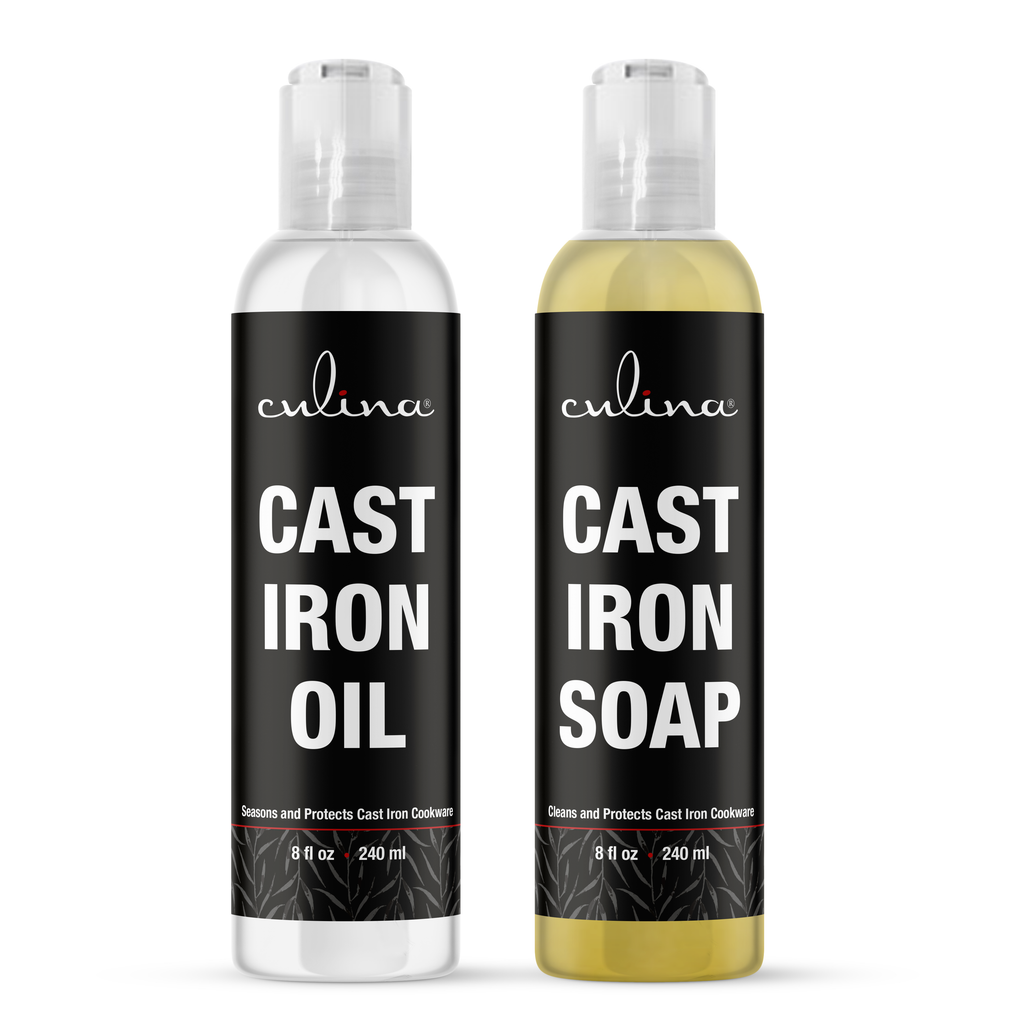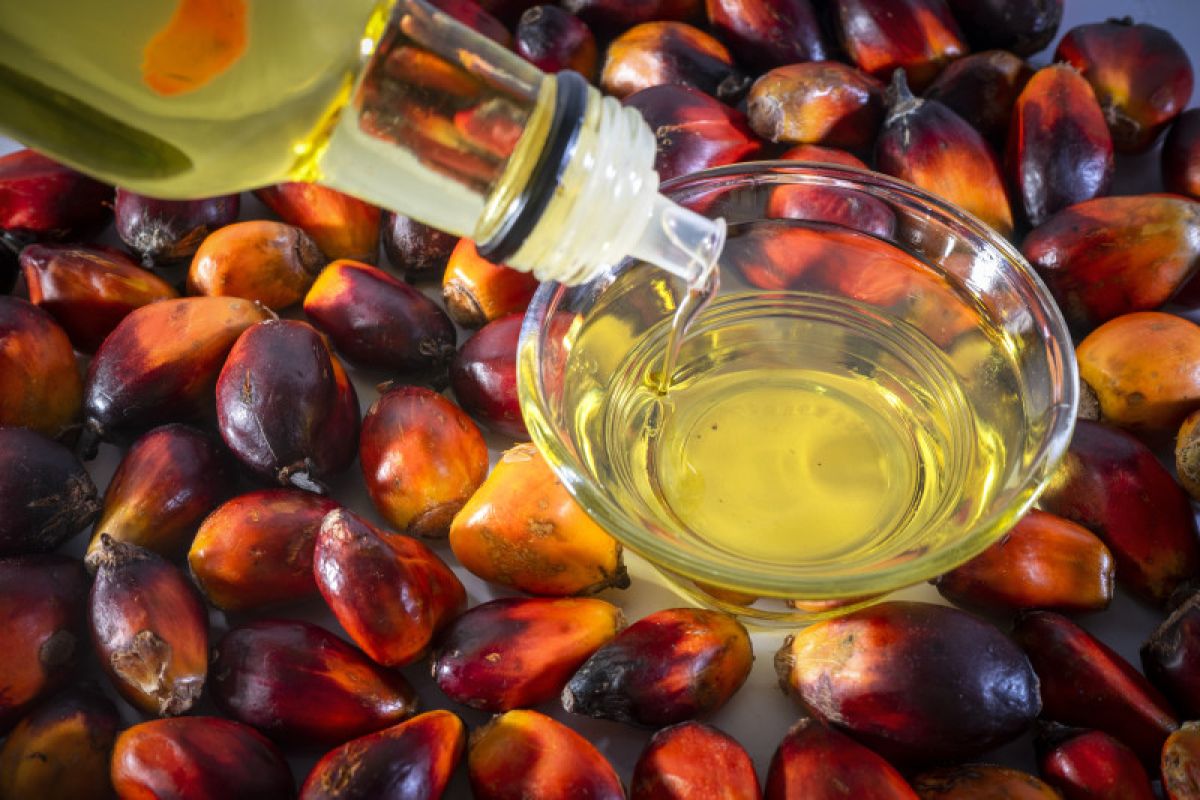What is Palm Oil Used for in Beauty and Wellness Products?
Palm oil has gained immense popularity within the beauty industry, especially among beauticians seeking effective and natural ingredients. In this article, we will delve into what palm oil is used for in various beauty and wellness products, and how it can enhance your beauty routine.
Understanding the properties of palm oil can provide beauticians with insights into formulating natural skincare and haircare products. With consumers increasingly preferring natural over synthetic ingredients, it is crucial for beauty professionals to remain informed about the benefits and usage of palm oil.

What is Palm Oil?
Palm oil is derived from the fruit of the oil palm tree, predominantly found in tropical regions. Its composition includes a balanced mix of saturated and unsaturated fats, which gives it stability and versatility in various applications. Because of its emollient properties and nutrient-rich profile, palm oil has become a key ingredient in many beauty formulations.

Uses of Palm Oil in Beauty Products
Palm oil finds its place in numerous beauty products due to its moisturizing and nourishing characteristics. Here are some prominent uses:
1. Skin Moisturizers
Palm oil is a common ingredient in creams and lotions because it provides deep hydration. It helps lock moisture into the skin, keeping it soft and supple. Beauticians often recommend palm oil-based products for clients with dry or sensitive skin, as it helps restore the skin barrier and improves overall complexion.
2. Soap Production
Palm oil is widely used in the creation of both liquid and bar soaps. It contributes to lathering properties and adds a gentle cleansing effect without stripping the skin of its natural oils. This makes it an excellent choice for beauticians looking to create natural, handmade soaps, which can be marketed to clients seeking gentle skincare products.
3. Hair Treatments
Beauticians often utilize palm oil in haircare formulations such as conditioners and masks. Its rich fat content helps add shine, improve manageability, and reduce frizz. Additionally, it nourishes the scalp, promoting healthier hair growth. Incorporating palm oil into treatments can benefit clients with curly or textured hair types.
4. Anti-Aging Products
With antioxidant properties, palm oil is increasingly featured in anti-aging creams. Its ability to combat free radicals helps minimize the appearance of wrinkles and fine lines, making it an appealing ingredient for target markets concerned with aging skin. Beauticians can use this to their advantage by recommending products that contain palm oil for youthful, glowing skin.

How is Palm Oil Extracted?
The extraction process of palm oil is crucial to its quality and sustainability. Understanding this process can help beauticians better inform their clients about the products they use. Most commercial palm oil is extracted from the fruit through the following methods:
1. Cold Pressing
This method preserves the nutrients and natural properties of the palm oil. It involves mechanically pressing the fruit without heat, which results in a higher-quality product.
2. Refining
Refined palm oil undergoes processes to remove impurities and undesirable flavors or odors. This method is common in commercial products, offering a neutral oil suitable for various formulations.

The Environmental Considerations of Palm Oil
While palm oil offers numerous benefits in beauty formulations, it is essential to address the environmental concerns associated with its production. Deforestation and habitat destruction are significant issues linked to palm oil cultivation. Beauticians and consumers alike should prioritize sustainability by choosing products that source palm oil ethically.
How to Choose Sustainable Palm Oil Products
When recommending products containing palm oil, beauticians should consider brands that adhere to sustainable practices. Look for certifications such as:
- RSPO (Roundtable on Sustainable Palm Oil)
- Fair Trade
- Organic Certification
These certifications ensure that the palm oil used is sourced responsibly, supporting both local communities and the environment.
Alternative Natural Oils for Beauty
While palm oil is versatile, there are alternatives that can be integrated into beauty formulations. For beauticians seeking to diversify their product recommendations, consider these natural oils:
- Extract Sunflower Oil
- Make Sunflower Oil
- Organic Sunflower Oil
- Substitute for Sunflower Oil
- Healthy Sunflower Oil
These alternatives can provide similar benefits without the associated environmental impacts of palm oil.
FAQs about Palm Oil in Beauty Products
What are the benefits of using palm oil in skincare?
Palm oil offers numerous benefits, including deep hydration, antioxidant properties, and being an excellent source of vitamins A and E.
Is palm oil harmful to the environment?
The production of palm oil can lead to deforestation and habitat destruction. It is essential to choose sustainably sourced palm oil products to mitigate these impacts.
Can palm oil cause skin irritation?
Most people tolerate palm oil well, but patch testing is essential for those with sensitive skin or allergies.
As an Amazon Associate, I earn from qualifying purchases.
